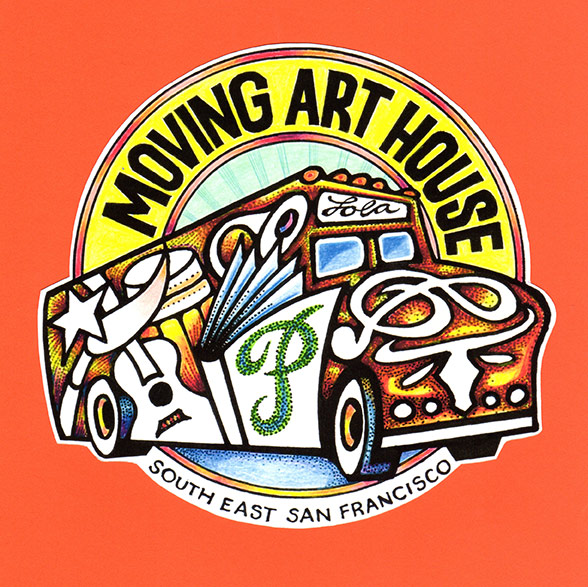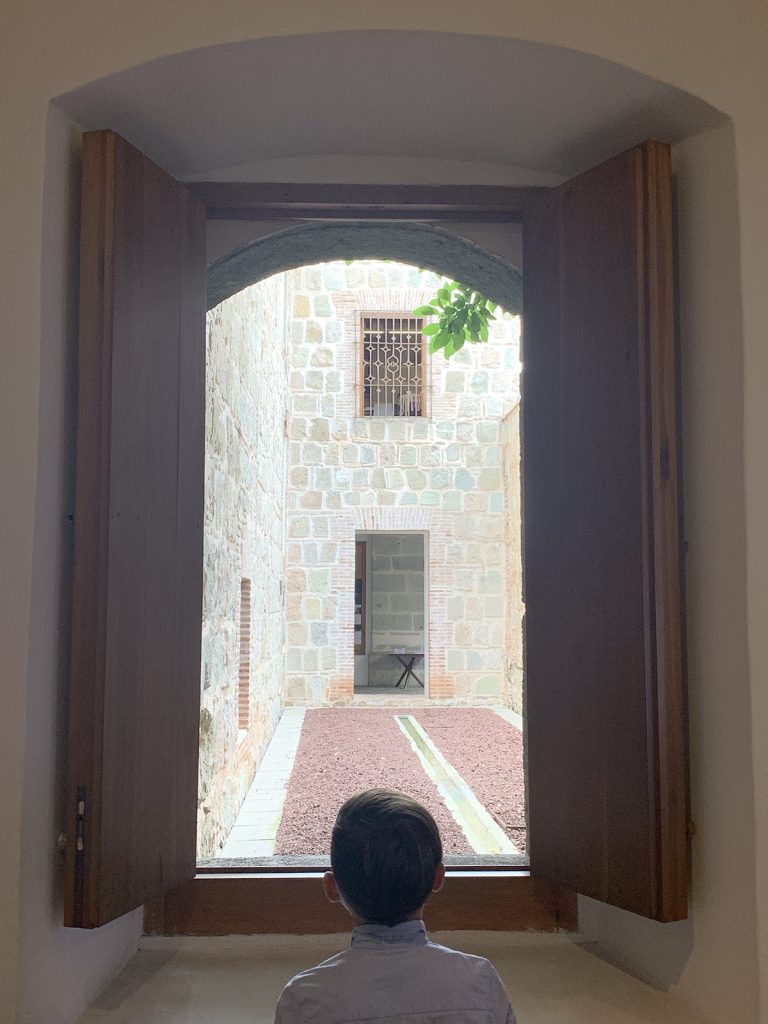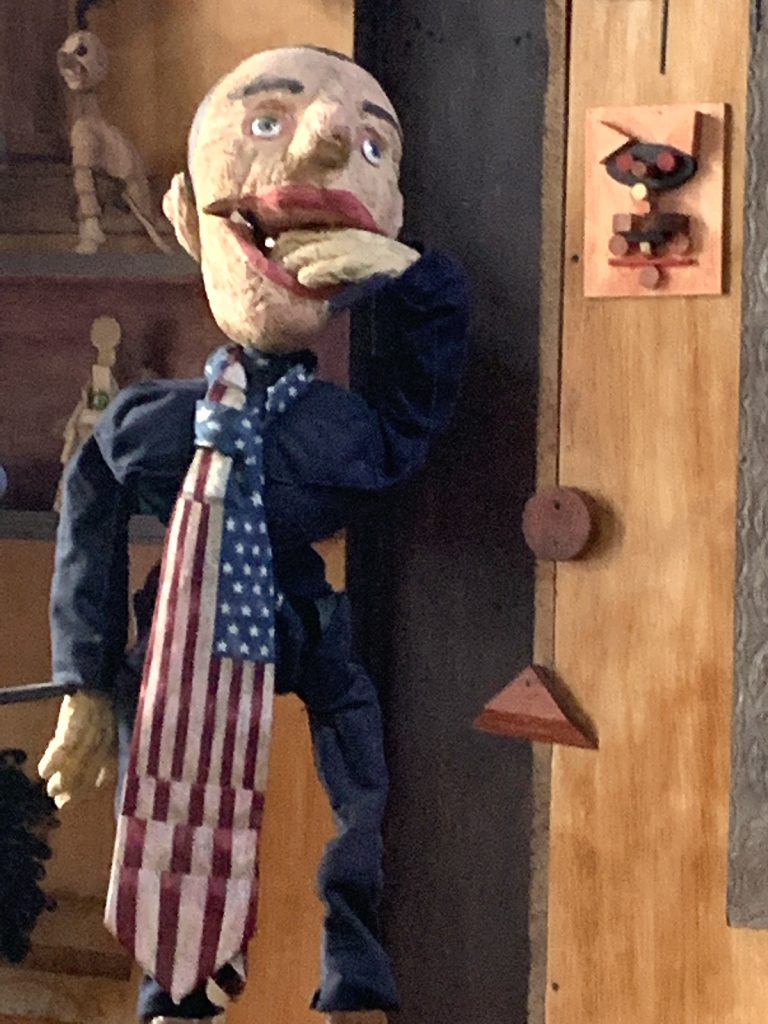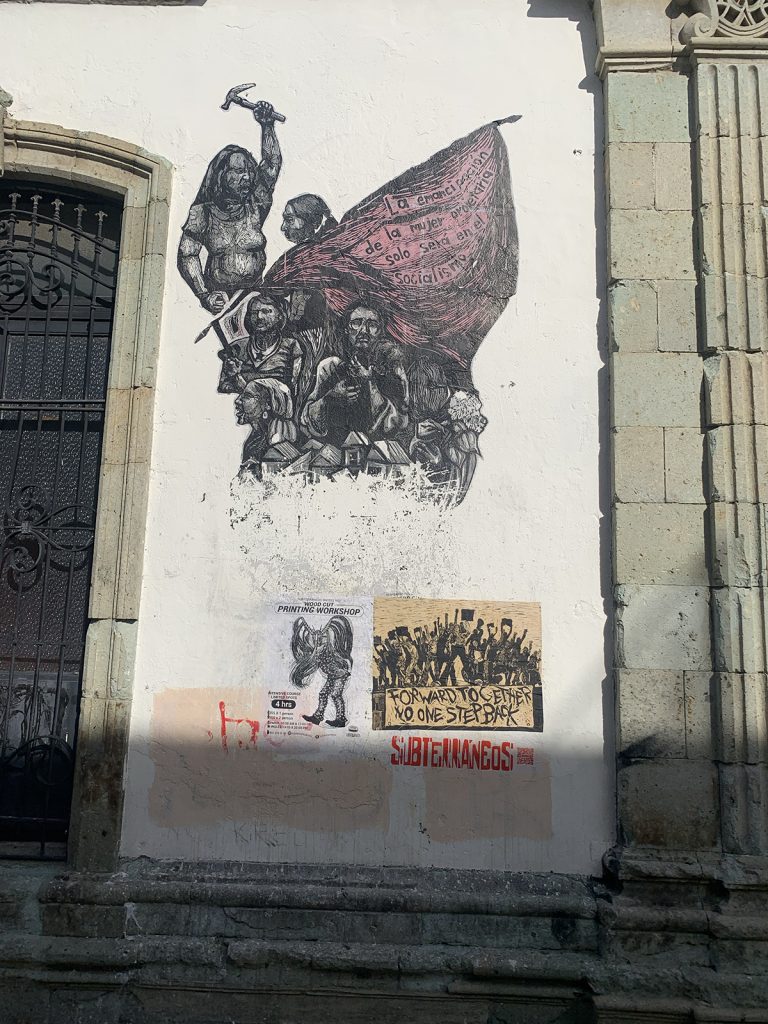This week’s module on New Horizons is timely as I recently listened to a podcast with writer Gary Rivlin on AI that diminished some of my fears around this new and very-much-present technology while perpetuating others.
Rivlin suggests that AI will be as monumental a change as the Industrial Revolution during which people left a largely agrarian life and moved into cities, the production of goods was standardized and mechanized, and machines were favored over handwork. During this time, traditional knowledge was lost to the dominant cultural narrative of progress and efficiency (Mander, 1991). The Industrial Revolution promoted capitalism – more goods, more consumption of those goods – and it connected people via railways, electricity, and telephone, and began to democratize learning and improve access to education. Rivlin says, “Instead of this idea that the robots are going to take over and subjugate humanity I guess that’s possible…but if we’re deliberate about it there is no doubt that AI could be a positive. I just compare it to the internet…It’s going to be a mixed bag.” (Rivlin, 2025). There are costs associated with these big cultural shifts and enormous potential good (Rivlin cites AI tutors accessible via smartphones that improve scholarship in remote African villages or cancer screening, which improve access to education or lead to better health outcomes).
“The reason it’s free right now is everyone using ChatGPT is helping it continue to learn. At the very bottom of the ChatGPT page, Open AI has stated: Free Research Preview. Our goal is to make AI systems more natural and safe to interact with. Your feedback will help us improve. It is important to realize that by using it you are contributing to ChatGPTs development by providing free labor. This is an important fact to be aware of when deciding whether or not to use it or interact with it.”
Is this “free research preview” similar to Nestle’s “free infant formula” campaign that I encountered while traveling throughout Central and South America in the late 1990s, where the industrial food giant would supply one month of free formula samples to new mothers who then needed to continue to buy formula after their free and healthy breast milk had dried up. Are we relinquishing hard-fought skills while growing dependent on this technology only to have to pay for it when it is no longer a free service? Are these examples extreme? Yes. Are they examples of a useful technology gone amiss in the service of profit? Yes.
In my first Reflection Blog, I enjoyed thinking about the internet as a web of neural networks or rhizomes, or a garden of forking paths. Chaos can be exciting. But if AI continues without an ethical framework around it or if that framework is progress, efficiency and profit, then:
“The best and worst of human nature are amplified: The crisis is enhancing digital interconnectedness that engenders empathy, better awareness of the ills facing humanity and positive public action. On the flip side, some individuals, cities and nation-states will become more insular and competitive as survival mode kicks in. Xenophobia, bigotry and closed communities will also increase” (Anderson et.al., 2021).
After telling my husband some of my ideas for this blog post and explaining some of the readings for this class, he said, “it makes me want to buy some land and grow more of our own food.” And on the one hand, maybe AI will give us more time to do that. Universal Basic Income will become widely accepted because AI has made so many jobs obsolete. Libraries will flourish. Serious Leisure will be commonplace. We will have an attention tax (Pewhairangi, 2014) in effect after finally figuring out a way to charge for the most precious things: our gaze, our time, and our attention. I hope so.








